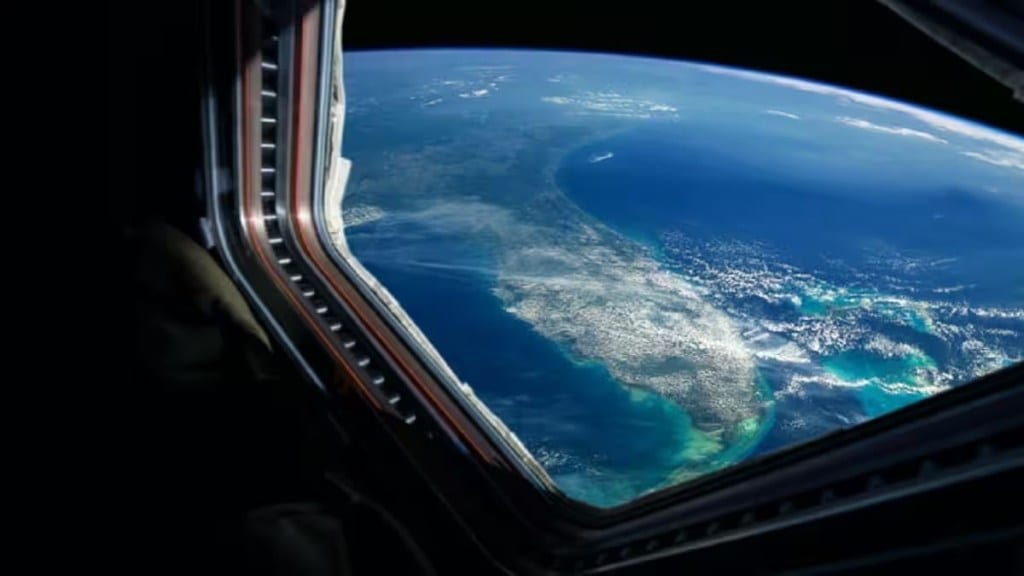By Dr Ajey Lele
Section One of Artemis Accords mentions that ‘the purpose of these Accords is to establish a common vision via a practical set of principles, guidelines, and best practices to enhance the governance of the civil exploration and use of outer space with the intention of advancing the Artemis Program.’ The central point here is that these accords are meant for the civilian exploration of the domain of space. Hence, it could look inappropriate to debate Artemis Accords at the backdrop of strategic realties. However, possibly no other technology is more dual-use than space technology. Even in the nuclear domain, there could be clearcut differentiation amongst the activities related to energy and weapons (except the capability to enrich uranium and reprocess plutonium). Particularly, India needs to view Artemis Accords differently, not only because it has a military space program, but since it is an ASAT Power.
From launch vehicles to meteorology to commutations to navigation to remote sensing to radars, every aspect associated with the space domain has direct or indirect relevance for militaries. One of the agenda of the Artemis Program is to look for rare earth elements (REEs) and other minerals on the surface of other planets. Eventually, mining activities would happen there and these materials, which have major relevance for the space industry would be brought back to the earth. The Accords speak of creation of ‘safety zones’ on other planets. In these Accords, there is an absence of a clear mechanism to assign which nations get what territory. It is known that the lunar south pole region is a permanently shadowed place possibly with the presence of water (could be in the form of frozen-ice) and there are expectations of finding minerals over there. Every state having a Moon program is planning missions for the south pole of the Moon. Obviously, there could be disagreements/confrontations/conflicts in future for space resources and in which parts of the planet, the state/non-state should conduct their activities.
The major limitation of these accords is that it offers a wider canvass for the private agencies without having any specific checks and balances in place. There is a lack of clarity about legal aspects in regards to Space tourism. With the possibility of Planetary tourism starting in near future, there is a need to have some mechanism to address tourism related issues. The section two of these accords covering the aspects of implementation, this section is very generic in nature. There is a possibility of private entities going rogue, while dealing with planetary missions. In fact, a possibility of state versus non-state differences for conduct of activities on the planets (in future) cannot be ruled out.
Against the above backdrop, the possible strategic contests of Artemis Accords should not be overlooked. Today, in the world there are four ASAT (Anti-satellite) powers: the US, Russia, China, and India. All these states have counter space programs in some form or other. Amongst the Artemis Accords signatories, the US and India are the only ASAT powers. It is unlikely that Russia and China would join the Artemis group of states, at least in near future. The US is the ‘mover and shaker’ of the entire Artemis Program and has already developed its counter space program. However, that is not the case with India. Today amongst the rest 26 signatory states, India is the only ASAT power and would remain so even after more states join this program in future. Hence, India needs to look at its own presence in Artemis accords differently than other signatory states.
Amongst the Artemis signatory states, apart from India, the US, France, and Britain are the nuclear weapon states. These states are also part of the North Atlantic Treaty Organization (NATO), an intergovernmental military alliance. As such, India is not a signatory to the Nuclear Non-Proliferation Treaty (NPT). Hence, India needs to realise that it is an outsider to such groupings, when it comes to nuclear issues and issues of space security. For the US, India is important mainly owing to the China factor and defence market. With Pakistan, the US could have hot and cold relations. So, India would be required to follow its own path, ensuring that its interests are not compromised at any stage.
India is against weaponization of space and it is expected that despite being an ASAT power, India would continue with that policy. However, as a part of a deterrence mechanism, India is required to continue with expansion of its counter space program. It is important to note that, only by signing Artemis Accords, India would not get access to the Moon and Mars programs of the US. To undertake any activity on the Moon, Mars and beyond, every signatory state would be required to sign separate contracts with NASA at bilateral level. This is where India needs to ensure that no compromises are done, which could directly or indirectly impact its strategic space program. It is premature to say how the entire quasi legal structure of the Artemis Program would evolve. However, India needs to remember that, there is nothing called exclusive civilian and military spheres of space programs, there are many commonalities amongst them. In international relations, there are no permanent friends or permanent enemies, only interests are permanent. For India, its interests in the space domain should be of paramount importance.
The author is consultant, MP-IDSA, New Delhi.
Disclaimer: Views expressed are personal and do not reflect the official position or policy of Financial Express Online. Reproducing this content without permission is prohibited.
